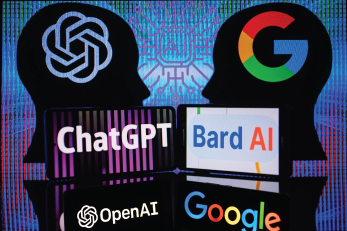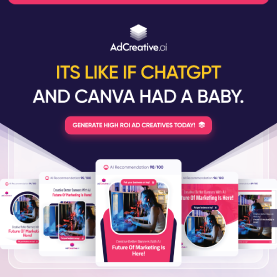What Is Generative AI?
Generative AI refers to artificial intelligence systems designed to generate content, whether it’s text, images, music, or even videos. Unlike traditional AI models, which are primarily focused on classification or prediction, generative AI creates something entirely new based on the data it’s been trained on. Think of it as an artist, writer, or designer powered by algorithms.
Some well-known examples include:
- ChatGPT for text generation.
- DALL·E for image creation.
- DeepMind’s AlphaCode for code generation.
How Does Generative AI Work?
Generative AI relies on deep learning techniques, specifically neural networks like Transformers. The steps involved typically include:
- Training on Large Datasets: Models are fed massive amounts of data—such as books, articles, or images—to understand patterns and relationships.
- Learning Context and Structure: By leveraging architectures like GPT (Generative Pre-trained Transformer), these models learn how words, pixels, or sounds fit together to form coherent outputs.
- Generating Outputs: Once trained, the AI can create new content based on input prompts, often resembling the style or structure of the original training data.
How Can You Use Generative AI?
Generative AI has applications across numerous domains. Here are a few examples:
- Content Creation: Writing blog posts, scripts, or generating marketing copy.
- Design and Art: Creating graphics, logos, or conceptual art.
- Software Development: Assisting with code snippets, debugging, or software design.
- Customer Support: Automating responses or improving chatbot interactions.
- Education: Crafting personalized study guides or interactive learning materials.
Risks and Limitations of Generative AI
While generative AI holds immense promise, it’s not without its challenges:
- Bias in Outputs: If the training data contains biases, the AI is likely to replicate them.
- Misinformation: Generative AI can create content that is plausible but factually incorrect.
- Ethical Concerns: Issues like deepfakes or automated disinformation campaigns.
- Dependence on Prompts: The quality of output is heavily reliant on the quality of the input prompt.
- Computational Costs: Running large models can be resource-intensive and expensive.
Autonomous Agents and the Role of Humans
Autonomous agents, powered by generative AI, can perform tasks independently by making decisions based on data. For example, AI systems in e-commerce can autonomously adjust prices or recommend products.
However, human oversight remains crucial. While AI can generate ideas or perform repetitive tasks, humans provide:
- Ethical Judgment: Ensuring outputs align with societal norms and values.
- Creative Direction: Adding originality and context that AI might miss.
- Accountability: Making critical decisions that require a sense of responsibility.
Prompt Engineering Tips
To maximize the potential of generative AI, mastering the art of prompt engineering is essential. Here are some tips:
- Be Specific: Clearly define what you want the AI to generate.
- Example: Instead of “Write about AI,” try “Explain how generative AI transforms content creation.”
- Use Examples: Provide context or examples for better results.
- Iterate: Experiment with different prompts to refine the output.
- Ask for Structure: If you need bullet points, lists, or sections, explicitly mention it.
AI-Powered Product Development
Generative AI is revolutionizing product development by:
- Prototyping: Quickly generating ideas and concepts.
- Customization: Personalizing products based on user data.
- Streamlining Processes: Automating repetitive or time-consuming tasks.
For example, fashion brands use AI to design collections, while game developers create immersive storylines or characters with generative tools.
The Origin of ChatGPT and Types of AI Models
ChatGPT, developed by OpenAI, is part of the GPT family of models. It’s built on the Transformer architecture and trained using unsupervised learning on large-scale text datasets.
Different Types of AI Models:
- Generative Models: Like GPT, designed to create content.
- Discriminative Models: Focused on classification tasks.
- Multimodal Models: Handle multiple types of data, such as text and images simultaneously (e.g., CLIP by OpenAI).
Mindset Tips for Embracing Generative AI
To thrive in the age of AI, adopt the following mindset:
- Curiosity: Stay open to learning and experimenting with AI tools.
- Adaptability: Embrace changes and challenges brought by AI advancements.
- Critical Thinking: Always evaluate AI outputs for accuracy and ethical considerations.
- Collaboration: View AI as a collaborator, not a replacement.
Generative AI is more than just a technological trend—it’s a paradigm shift. By understanding how it works, its potential applications, and its limitations, you can harness its power to innovate, create, and thrive in an increasingly AI-driven world.


